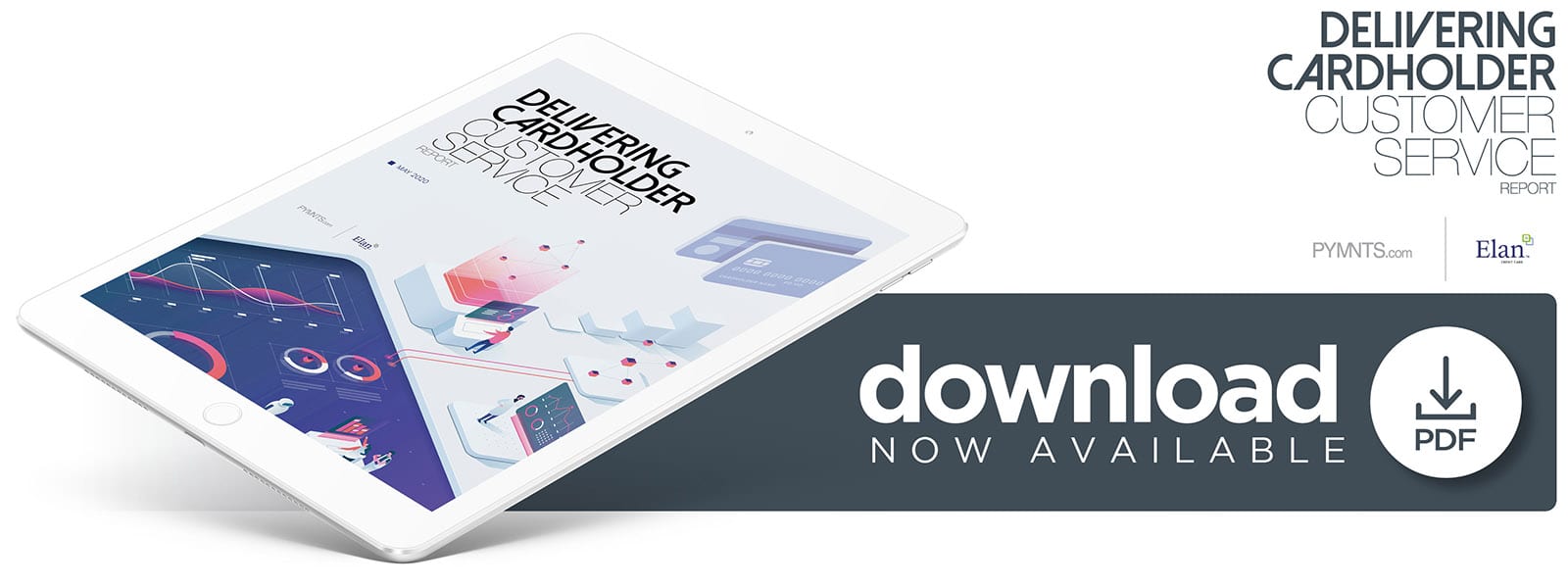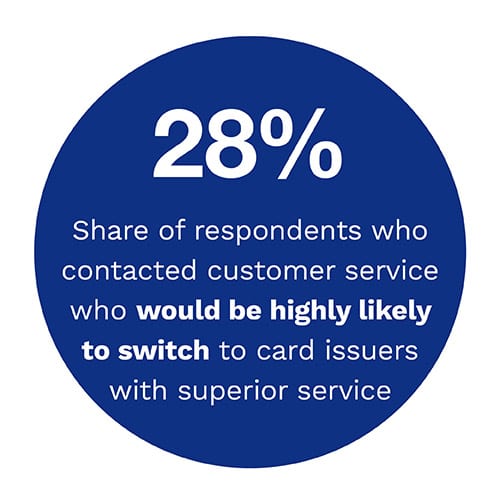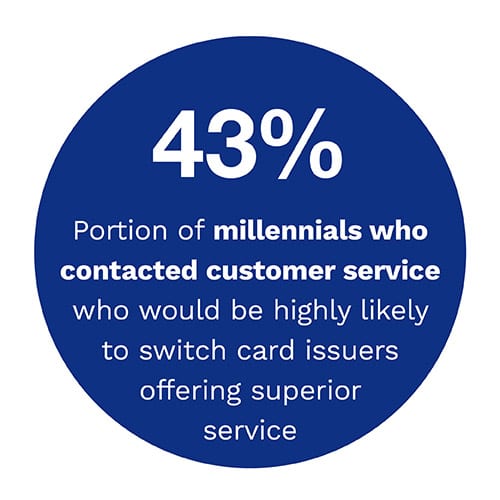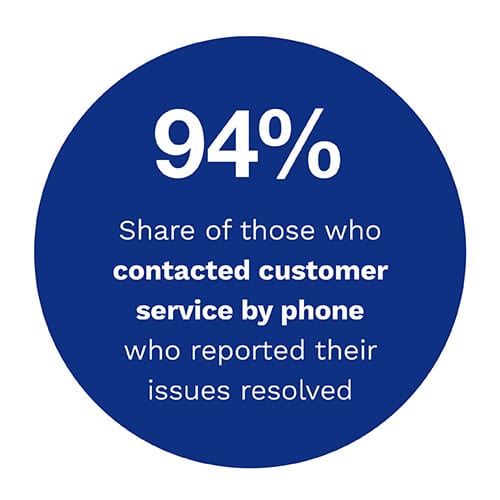NEW DATA: Better Customer Service Could Sway 3 in 10 Consumers To Switch Credit Cards
 There is a growing list of things millennials have seemingly been blamed for rendering obsolete, such as cocktail napkins, casual dining and expensive engagement rings. Part of the reason why this generation supposedly has little interest in such mainstays is that they have become used to convenience due to the use of smartphones and other digital devices. This means paper towels are just as good as napkins, cooking at home is cheaper and faster and unethical diamonds can’t buy love.
There is a growing list of things millennials have seemingly been blamed for rendering obsolete, such as cocktail napkins, casual dining and expensive engagement rings. Part of the reason why this generation supposedly has little interest in such mainstays is that they have become used to convenience due to the use of smartphones and other digital devices. This means paper towels are just as good as napkins, cooking at home is cheaper and faster and unethical diamonds can’t buy love.
One might expect that calling up customer service would also go on that list of products and services that are falling out of style. When it comes to credit cards, however, PYMNTS found that effective customer service is so important that 28 percent of consumers would seriously consider switching to cards that offer superior service — and the proportion is considerably higher among millennials: nearly 43 percent of them would be very or extremely interested in switching to cards that are more responsive to their concerns. Moreover, all demographic groups are far more likely to use phone than email or chat to reach card service departments — and this method is associated with higher satisfaction and resolution rates.
These surprising findings could have important implications for the financial institutions (FIs) that issue credit cards and compete to keep their cards at the top of consumers’ wallets. Our research suggests that as important as it is to offer digital tools alongside credit products, FIs neglect the old-school value of customer service at their peril. Having responsive service may become even more important in the months and years ahead as consumers increasingly turn to their cards to shop online and seek to avoid using cash. These are among the key conclusions of Delivering Cardholder Customer Service Report, a collaboration with Elan, for which PYMNTS surveyed of 2,078 U.S. cardholders across a range of age and income groups.
The bulk of our findings — including the statistics above — focus on a key group of cardholders: those who contacted their cards’ customer service departments in the last three months, who make up 22.4 percent of respondents overall. These cardholders are not reaching out to customer service for trivial matters, either. Billing issues and payments is the most common reason, cited by 29 percent of cardholders, followed by fraud and data security, cited by 23.8 percent. Our data suggests that card customer service departments must be equipped to address these fundamental concerns.
 Another notable finding to emerge from our research concerns the means by which cardholders contact their FIs. The overwhelming majority — 80.8 percent — use a phone to do so, far surpassing email and chat, which are used by less than 10 percent. Moreover, phone users report higher satisfaction and issue resolution rates: 94.1 percent of phone users reported that their issues were resolved, compared to 91.9 percent of email users and 89.6 percent of chat users. Phone users were also more likely to be highly satisfied with customer service experiences: 82.9 percent of these users reported being “very” or “extremely” satisfied, compared to 74.5 of chat users and 67.2 percent of email users.
Another notable finding to emerge from our research concerns the means by which cardholders contact their FIs. The overwhelming majority — 80.8 percent — use a phone to do so, far surpassing email and chat, which are used by less than 10 percent. Moreover, phone users report higher satisfaction and issue resolution rates: 94.1 percent of phone users reported that their issues were resolved, compared to 91.9 percent of email users and 89.6 percent of chat users. Phone users were also more likely to be highly satisfied with customer service experiences: 82.9 percent of these users reported being “very” or “extremely” satisfied, compared to 74.5 of chat users and 67.2 percent of email users.
This suggests that FIs that only offer digital channels of communication could risk alienating a significant portion of their customers. When something goes wrong with their cards, consumers still place a premium on being able to talk to real people, in real time.
To learn more about how FIs can optimize their customer service operations, download the report.
